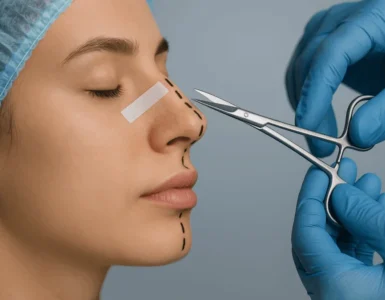Have you ever wondered why some psoriasis treatments work brilliantly for others but fail completely for you? Psoriasis affects the skin through rapid cell turnover, creating thick, scaly patches that can appear anywhere on the body. The condition involves immune system dysfunction where T-cells mistakenly attack healthy skin cells, triggering inflammation and accelerated skin cell production.
If you’re considering professional help for managing your condition, it’s best to consult a dermatologist psoriasis Singapore who can guide you through the most suitable treatment plan for your skin type and severity.
Normal skin cells mature and shed over 28-30 days, while psoriatic skin cells complete this cycle in just 3-4 days, causing visible buildup and characteristic plaques. Different psoriasis types require distinct treatment approaches.
Plaque psoriasis forms raised, red patches covered with silvery scales, while guttate psoriasis creates small, drop-shaped lesions. Inverse psoriasis develops smooth, red patches in skin folds, and pustular psoriasis produces white pustules surrounded by red skin. Understanding your specific type helps determine which treatments may be appropriate for your condition.
Which Treatment Option Suits My Psoriasis Type and Severity?
Treatment selection depends on psoriasis severity, measured by body surface area (BSA) coverage and impact on quality of life. Mild psoriasis affecting less than 3% BSA often responds to topical treatments alone. Moderate psoriasis (3-10% BSA) may require phototherapy or systemic medications. Severe psoriasis (over 10% BSA) typically needs systemic therapy or biologics.
Topical Treatments
Corticosteroids reduce inflammation and slow cell turnover, with potency ranging from mild hydrocortisone to potent clobetasol propionate. Application frequency varies from twice daily for mild steroids to once daily for potent formulations.
Vitamin D analogues like calcipotriol normalize skin cell growth and take 6-8 weeks to show effects. Combination preparations containing both corticosteroid and vitamin D analogue offer dual action benefits.
Topical options include phosphodiesterase-4 inhibitors that target specific inflammatory pathways without steroid-related side effects. Topical retinoids normalize DNA activity in skin cells but require careful use due to photosensitivity. Coal tar preparations, though traditional, remain effective for scalp psoriasis and thick plaques.
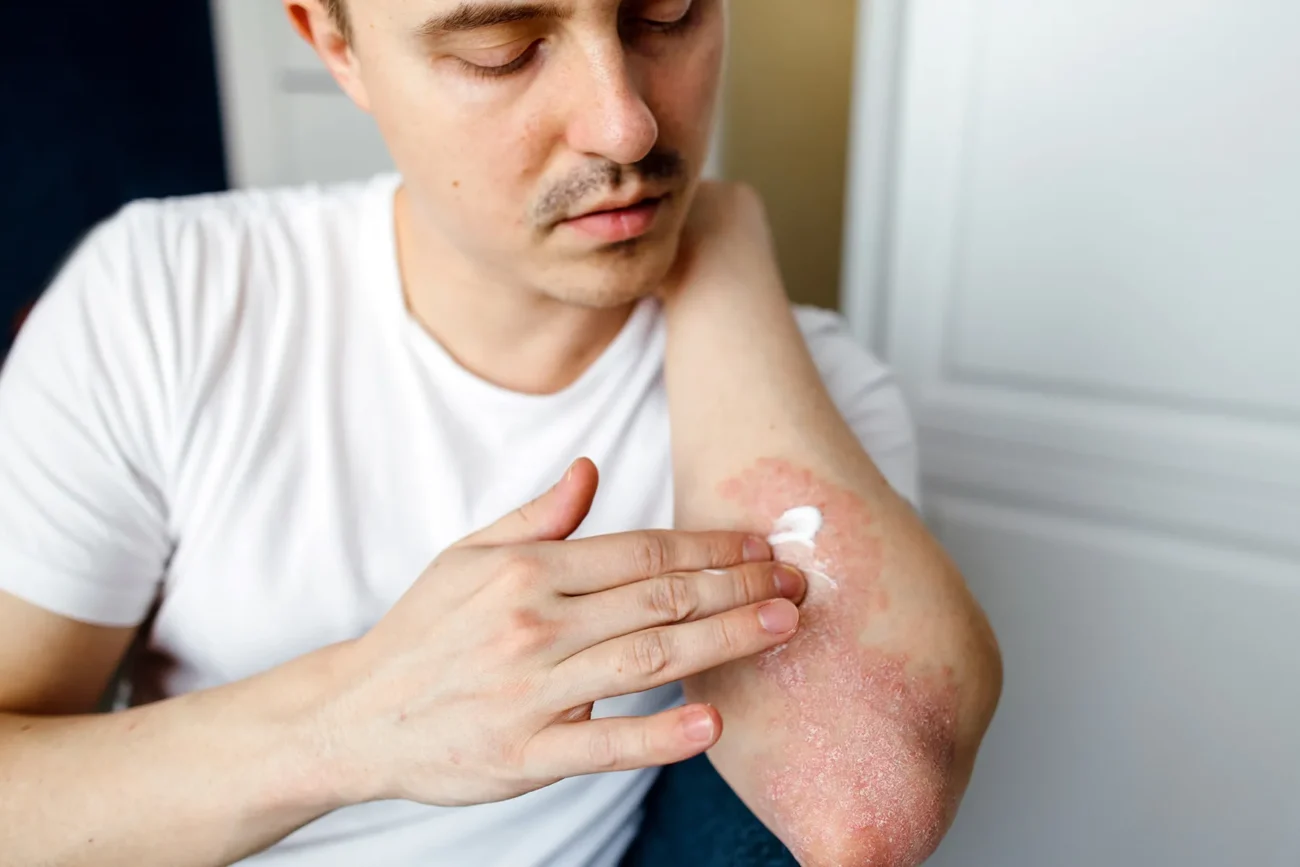
Phototherapy
Narrowband UVB therapy delivers specific wavelengths (311-313 nm) that slow skin cell growth without the burning risk of broader spectrum UV light. Treatment starts at minimal erythema dose (MED) and increases gradually. Sessions occur 2-3 times weekly, with improvement typically seen after 15-25 treatments.
PUVA therapy combines psoralen medication with UVA light exposure, penetrating deeper into skin layers. The treatment requires eye protection for 24 hours post-session due to photosensitization. Excimer laser targets individual plaques with concentrated UVB light, suitable for localized patches.
Systemic Medications
Methotrexate suppresses immune system overactivity. Regular blood tests monitor liver function and blood counts every 8-12 weeks. Folic acid supplementation reduces side effects. Cyclosporine provides improvement within 4-6 weeks but requires kidney function monitoring due to potential nephrotoxicity.
Acitretin, an oral retinoid, works for pustular and palmoplantar psoriasis. Women must avoid pregnancy during treatment and for three years after stopping due to teratogenic effects. Apremilast offers oral convenience without laboratory monitoring requirements, though gastrointestinal side effects occur initially in some patients.
Biologic Therapies
TNF-alpha inhibitors (adalimumab, etanercept, infliximab) block specific inflammatory proteins. Administration varies from weekly self-injections to intravenous infusions every 8 weeks. IL-17 inhibitors (secukinumab, ixekizumab) target different inflammatory pathways, often achieving improvement in clinical measures.
IL-23 inhibitors (guselkumab, risankizumab) require less frequent dosing, typically every 8-12 weeks after initial loading doses. JAK inhibitors represent a class offering oral administration with onset of action. Pre-treatment screening includes tuberculosis testing, hepatitis panels, and complete blood counts.
How Will We Monitor Treatment Progress and Adjust If Needed?
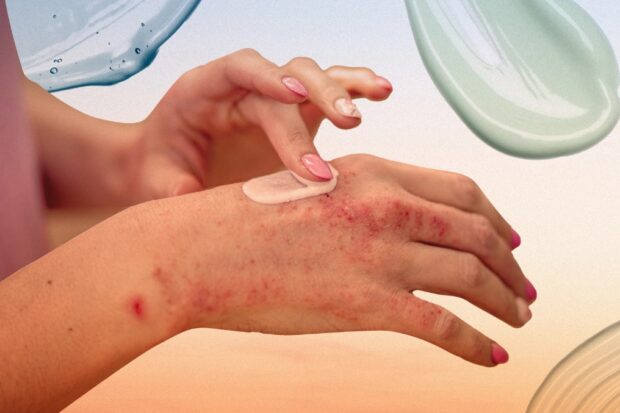
Treatment monitoring involves objective measurements and subjective assessments. PASI (Psoriasis Area and Severity Index) scores evaluate redness, thickness, scaling, and coverage area. BSA calculations use the palm method, where one palm equals approximately 1% body surface area. Dermatology Life Quality Index (DLQI) questionnaires capture impact on daily activities, relationships, and emotional wellbeing.
Timeline Expectations
Topical treatments show initial improvement within 2-4 weeks, with maximum benefit at 8-12 weeks. Phototherapy response appears after 4-6 weeks, with clearance often achieved by week 12-16. Systemic medications like methotrexate take 8-12 weeks for noticeable improvement. Biologics demonstrate faster response, with many patients seeing changes within 2-4 weeks and significant improvement by week 12.
Response plateaus indicate the need for adjustment. Adding combination therapy can enhance effectiveness—vitamin D analogues with corticosteroids, phototherapy with systemic medications, or biologics with topicals for residual patches. Dose optimization involves increasing frequency or amount before switching medications entirely.
Treatment Resistance
Primary failure occurs when medications never achieve an adequate response. Secondary failure develops when previously effective treatments stop working. Immunogenicity causes some biologic failures through antibody development against the medication. Switching within drug classes (TNF to a different TNF inhibitor) succeeds in some cases.
Switching between classes (TNF to IL-17 inhibitor) often provides better results. Combination approaches using biologics with methotrexate reduce immunogenicity and improve drug survival.
Did You Know?
Psoriasis medications work through different mechanisms, some slow cell division, others block inflammatory signals, and newer drugs reprogram immune responses. Your dermatologist selects treatments based on which pathway drives your specific condition.
What Side Effects Should I Watch For and How Do We Manage Them?
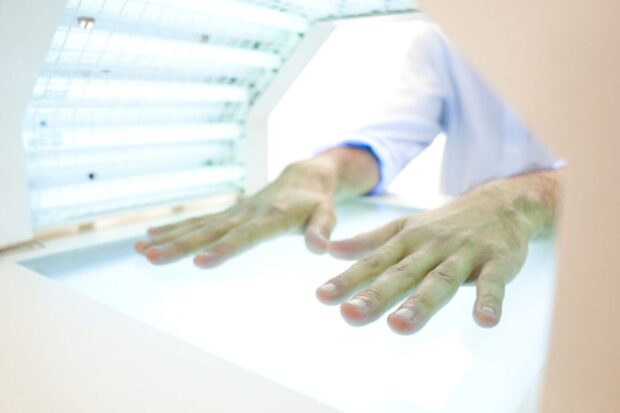
Each treatment category carries specific side effect profiles requiring different monitoring approaches. Understanding common versus serious adverse effects helps distinguish between manageable symptoms and those requiring immediate medical attention.
Topical Treatment Considerations
Skin atrophy from prolonged corticosteroid use appears as thinning, transparency, and visible blood vessels. Risk increases with potent steroids on thin skin areas (face, groin, armpits). Scheduled breaks using weekday application with weekend rest periods may help prevent atrophy.
Tachyphylaxis (reduced effectiveness) develops with continuous use, reversed by treatment holidays. Vitamin D analogue irritation manifests as redness and burning, particularly on facial skin. Starting with alternate-day application builds tolerance. Hypercalcemia risk exists when applying over extensive areas or exceeding 100g weekly. Combination with corticosteroids reduces irritation while maintaining efficacy.
Phototherapy Reactions
Immediate reactions include sunburn-like erythema appearing 8-24 hours post-treatment. Delayed reactions involve itching and dryness developing over multiple sessions. Polymorphous light eruption creates itchy bumps in photosensitive individuals. Regular moisturizing and gradual dose escalation may minimize reactions.
Long-term phototherapy increases photoaging and skin cancer risk. Cumulative dose tracking guides treatment limits—typically 200-250 sessions for narrowband UVB. Annual skin examinations detect early changes. Genital shielding during treatment reduces cancer risk in sensitive areas.
Systemic Medication Monitoring
Methotrexate requires baseline chest X-ray and hepatitis screening. Liver fibrosis risk increases with cumulative dose exceeding 1.5g. Fibroscan elastography detects early liver changes without biopsy. Macrocytosis (enlarged red blood cells) indicates folate depletion requiring supplementation adjustment.
Cyclosporine nephrotoxicity manifests through elevated creatinine and reduced glomerular filtration rate. Blood pressure monitoring occurs at each visit. Gingival hyperplasia affects many patients, managed through oral hygiene and dental cleanings every 3-4 months.

Biologic-Specific Surveillance
Injection site reactions occur within 48 hours, presenting as redness, swelling, or itching. Rotating injection sites and allowing medication to reach room temperature reduces discomfort. Paradoxical psoriasis occasionally develops, where biologics trigger different psoriasis types.
Infection risk increases with immune suppression. Upper respiratory infections occur most frequently. Reactivation of latent infections (tuberculosis, hepatitis B) requires pre-treatment screening and monitoring. Live vaccines contraindicated during treatment require planning for necessary immunizations.
Important Note
Immediate medical attention is required for fever with chills, persistent cough, unusual bleeding or bruising, severe abdominal pain, vision changes, or new neurological symptoms during any psoriasis treatment.
How Do Lifestyle Factors Affect My Treatment Success?
Lifestyle modifications can enhance medication effectiveness and reduce flare frequency. Weight, stress, alcohol consumption, and smoking may impact psoriasis severity and treatment response.
Weight Management Impact
Adipose tissue produces inflammatory cytokines that may worsen psoriasis. Weight reduction may improve PASI scores. Obesity may reduce biologic drug concentrations through increased drug clearance and volume distribution.
Fixed-dose biologics may underdose larger patients, while weight-based dosing may maintain therapeutic levels. Bariatric surgery studies demonstrate psoriasis improvement independent of medication changes.
Mediterranean diet patterns rich in omega-3 fatty acids and antioxidants may reduce inflammatory markers. Intermittent fasting protocols show potential in modulating immune responses.

Stress and Psychological Factors
Psychological stress may trigger psoriasis flares through neuroimmune pathways. Cortisol dysregulation from chronic stress may perpetuate inflammation. Cognitive behavioral therapy may reduce psoriasis severity.
Mindfulness-based stress reduction programs may decrease flare frequency and intensity. Sleep disruption may worsen inflammation through altered cytokine production. Treating comorbid depression and anxiety may improve psoriasis outcomes.
Support group participation correlates with better treatment adherence and quality of life.
Environmental Triggers
Koebner phenomenon causes new lesions at injury sites, scratches, sunburns, vaccinations. Protective clothing and prompt wound care may prevent traumatic flares.
Streptococcal infections may trigger guttate psoriasis, particularly in younger patients. Throat culture during flares may identify treatable infections.
Climate affects psoriasis differently among individuals. Cold, dry weather worsens symptoms for many, while controlled sun exposure helps others. Humidifiers maintaining appropriate humidity levels may reduce winter flares. Singapore’s humidity benefits some patients but may worsen inverse psoriasis in skin folds.
Medication Interactions
NSAIDs, beta-blockers, and lithium may trigger or worsen psoriasis. Antimalarials may cause flares weeks to months after initiation. ACE inhibitors occasionally induce psoriasiform eruptions. Coordination between prescribing physicians may prevent inadvertent triggers.
Alcohol may interfere with methotrexate metabolism and increase hepatotoxicity. Smoking may reduce response to biologics, particularly TNF inhibitors. Cessation may improve treatment effectiveness.

Long-term Management Strategies and Comorbidity Screening
Psoriasis increases risk for metabolic syndrome, cardiovascular disease, and psoriatic arthritis. Comprehensive management addresses skin symptoms while screening for associated conditions.
Psoriatic Arthritis Surveillance
Joint involvement commonly affects psoriasis patients, typically developing years after skin symptoms. Early morning stiffness lasting over 30 minutes suggests inflammatory arthritis. Dactylitis (sausage digits) and enthesitis (tendon insertion inflammation) indicate psoriatic arthritis.
Screening tools like PEST questionnaire identify at-risk patients. X-rays detect erosive changes, while ultrasound identifies early synovitis. MRI reveals bone marrow edema before erosions develop. Rheumatology referral within 6 months of symptom onset may improve outcomes.
Cardiovascular Risk Assessment
Psoriasis patients face increased myocardial infarction and stroke risk independent of traditional risk factors. Chronic inflammation accelerates atherosclerosis through endothelial dysfunction.
C-reactive protein and homocysteine levels correlate with cardiovascular events. Blood pressure monitoring occurs at each visit. Lipid panels every 6-12 months guide statin therapy decisions. HbA1c screening detects diabetes early. Carotid ultrasound identifies subclinical atherosclerosis in severe psoriasis patients.
Metabolic Monitoring
Insulin resistance develops through inflammatory cytokine effects on glucose metabolism. Waist circumference measurement identifies central adiposity. Liver ultrasound detects fatty liver disease, common in psoriasis patients.
Biologic therapy may improve metabolic parameters through inflammation reduction. Some biologics show favorable effects on insulin sensitivity and lipid profiles. Weight-neutral medications preferred when metabolic syndrome present.
Treatment Holidays and Drug Cycling
Continuous treatment versus intermittent therapy depends on disease pattern and medication type. Some patients maintain remission with weekend therapy or seasonal treatment. Drug holidays reduce cumulative toxicity but risk rebound flares.
Rotational therapy cycles between drug classes to maintain effectiveness. Sequential therapy starts with one medication then switches at predetermined intervals. Combination-rotation strategies use multiple approaches simultaneously then adjust based on response.
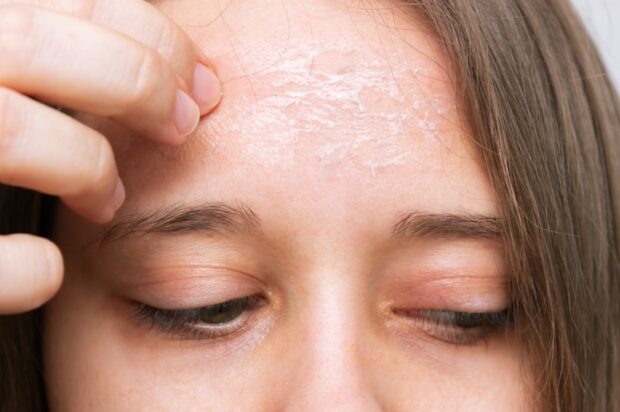
Quick Tip
Document your psoriasis triggers in a symptom diary—note weather changes, stress levels, new medications, infections, and skin injuries. Pattern recognition helps predict and prevent flares.
Conclusion
Successful psoriasis management requires collaborative partnership between you and your dermatologist. Treatment response monitoring, side effect recognition, and lifestyle modifications significantly impact outcomes. These five key questions establish the foundation for personalized therapy selection and optimization.
If you’re experiencing persistent thick, scaly patches or skin inflammation that impacts your daily activities, an MOH-accredited dermatologist can provide comprehensive evaluation and current biologic therapies.


